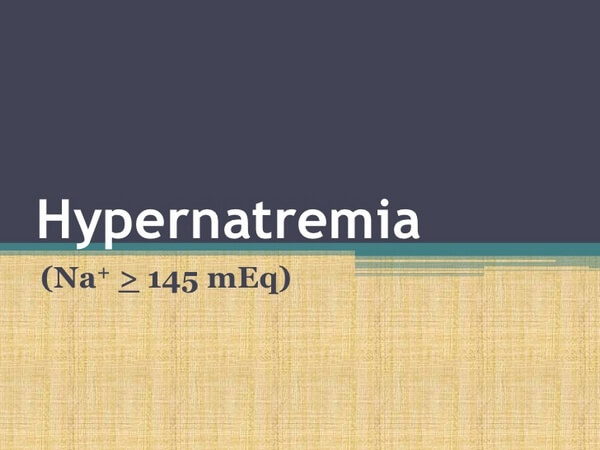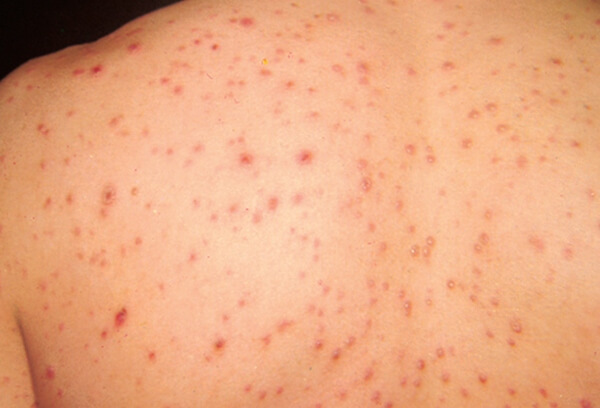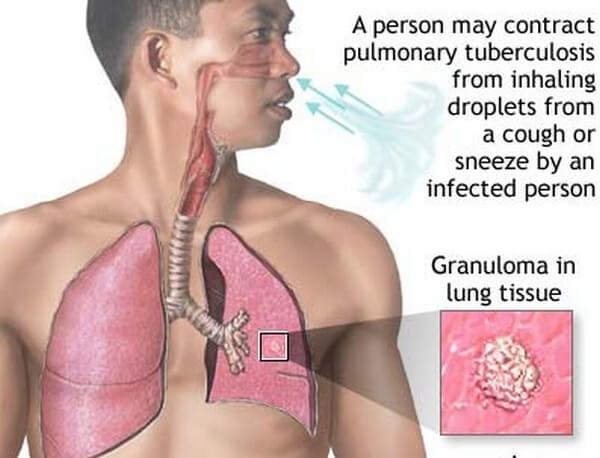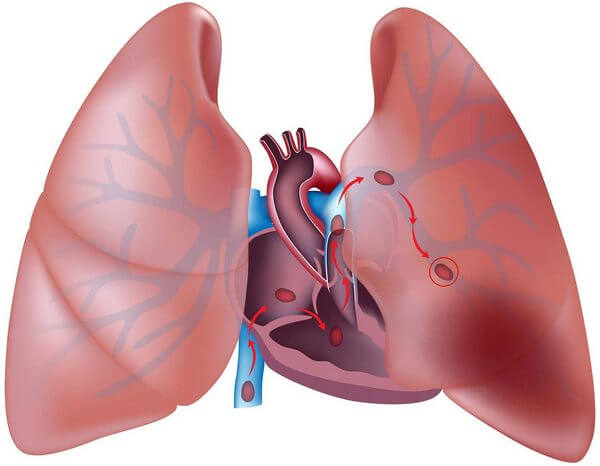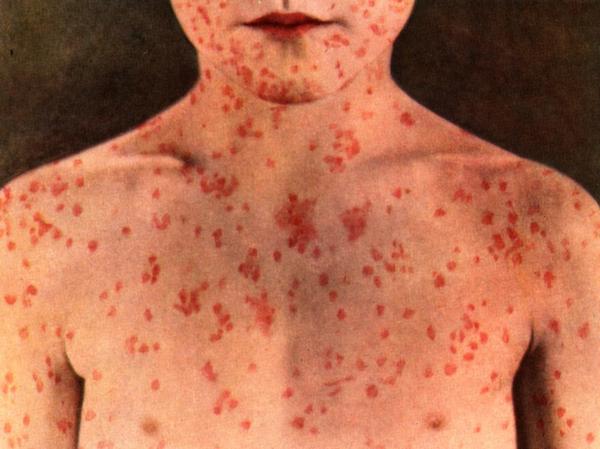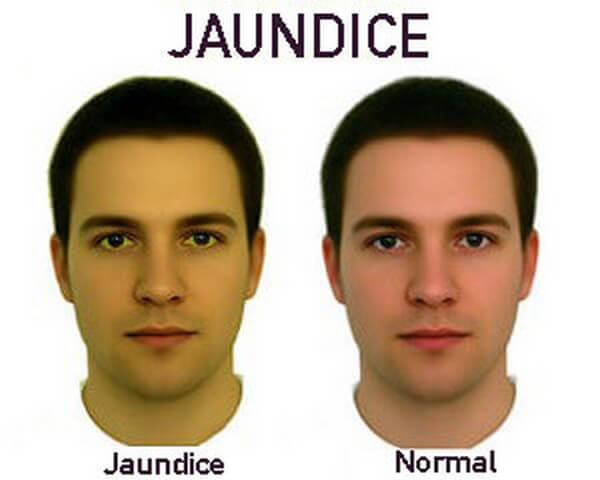Child Growth and Development: Overview
Child Growth Development: Human development is the lifelong process of physical, behavioral, cognitive, and emotional growth and change. The assessment of child growth and development is very helpful in finding out the state of health and nutrition of a child. Continuous normal child growth and development indicate a good state of health and nutrition of […]



